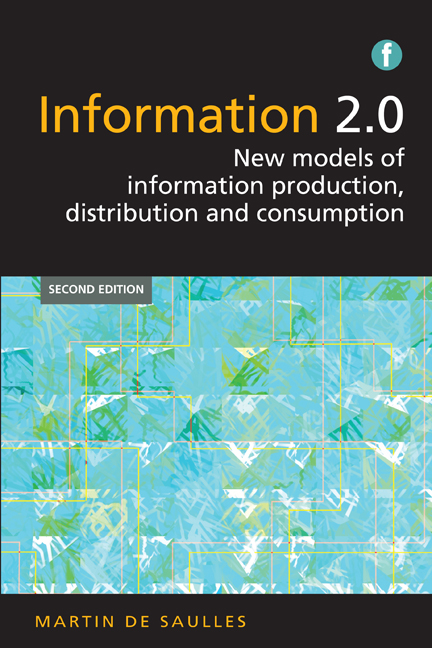Summary
When a company spends US$300 million and drills through mountains to lay a 827 mile long fibre optic cable between Chicago and New York with the sole purpose of shaving four-thousandths of a second off the time it takes for financial traders to send and receive information you know that not all data is created equal. In 2010 the company Spread Networks completed this feat of engineering, which required the cable to be laid in the straightest line possible between a data centre in the Chicago Mercantile Exchange and another centre in New York's Nasdaq Stock Exchange. Even though it only reduced the data travel time between the two exchanges by. 004 of a second, banks were willing to spend tens of millions of pounds to use the new network (Lewis, 2014). Having access to price data before your competitors, even when it is such a minuscule difference, can be worth billions of dollars. While this may be an extreme example it highlights the central position that information holds in economic life in the 20th century and, as we will see in this book, in our social lives as well.
According to Andrade et al. (2014), 90% of the world's information created since humans first scratched images on cave walls was generated in the last two years and is growing at an annual rate of 40%. Turner et al. (2014) calculate that the amount of information created and replicated globally in 2013 was 4.4 zettabytes; that is 4.4 trillion gigabytes, or if stored on DVDs, enough for that pile of discs to reach more than seven times the distance to the moon. By 2020, Turner et al. estimate this will have grown to 44 zettabytes and will present unprecedented challenges for those tasked with managing this information. For the last 50 years we have been told that developed economies are moving beyond their industrial foundations and into a post-industrial information age. These claims by writers and researchers such as Machlup (1962), Toffler (1970), Bell (1973) and Stonier (1983) were based on the observations that work was becoming more information-focused and economies were more reliant on services than industrial outputs.
- Type
- Chapter
- Information
- Information 2.0New models of information production, distribution and consumption, pp. 1 - 14Publisher: FacetPrint publication year: 2015



